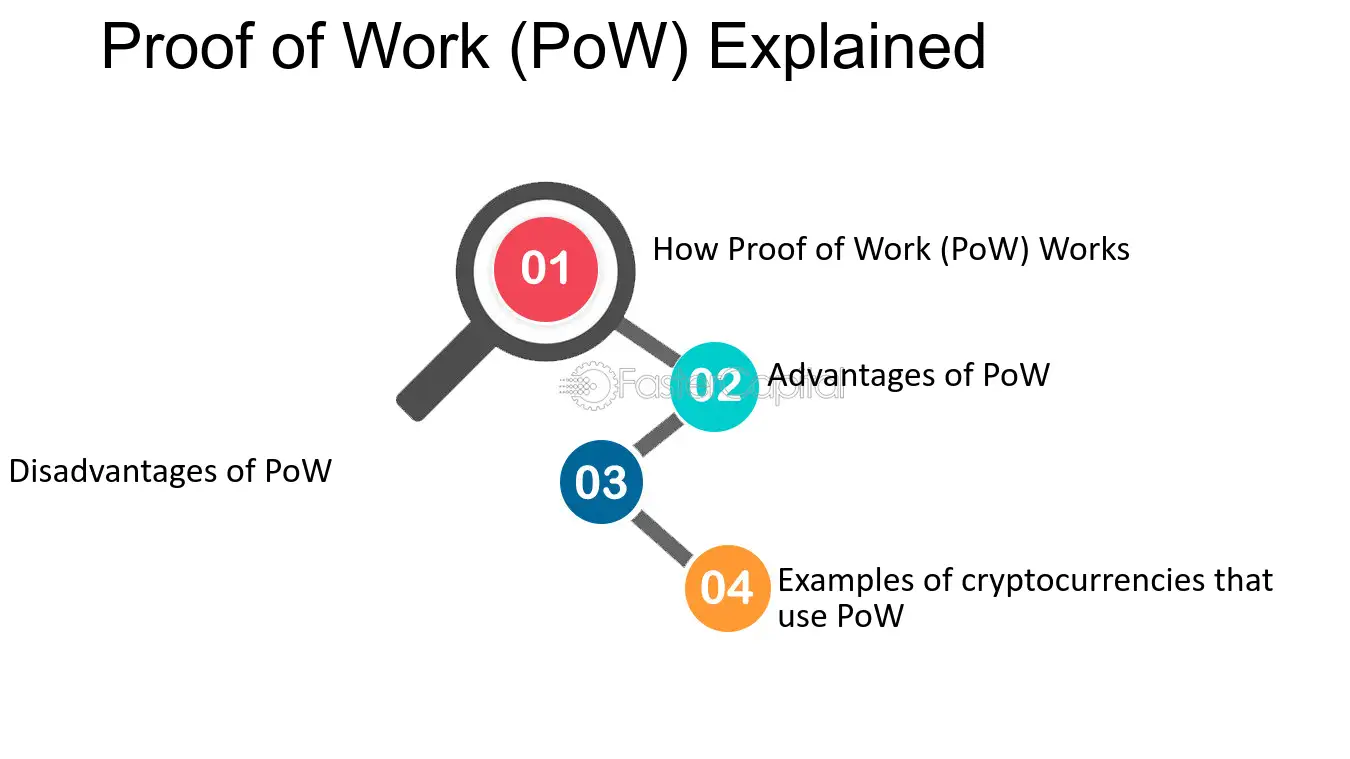7 Key Consensus Mechanisms that Steered the Blockchain Blizzard
The cryptocurrency market is no stranger to wild swings. From the explosive rise of Bitcoin in 2017 to the steep declines during the subsequent "crypto winter," both investors and developers have faced their share of ups and downs. The term "blockchain blizzard" describes the wave of technological innovations that have emerged in response to these challenges, particularly around consensus mechanisms. These are the rules that blockchain networks use to agree on which transactions are valid, and they’re crucial for ensuring the security and functionality of the technology. This article highlights 7 key consensus mechanisms that have shaped the blockchain landscape and helped it weather the crypto winter.
1. Proof of Work (PoW): The Origin of Blockchain Consensus

Proof of Work (PoW) was the first consensus mechanism, introduced by Bitcoin, the original cryptocurrency. In PoW, miners must solve complex mathematical problems to validate transactions and add them to the blockchain. While PoW has been essential in maintaining the security of the Bitcoin network, it has faced criticism for its high energy use. Nevertheless, PoW has proven its resilience during the crypto winter, showing that strong security measures are vital in uncertain market conditions.